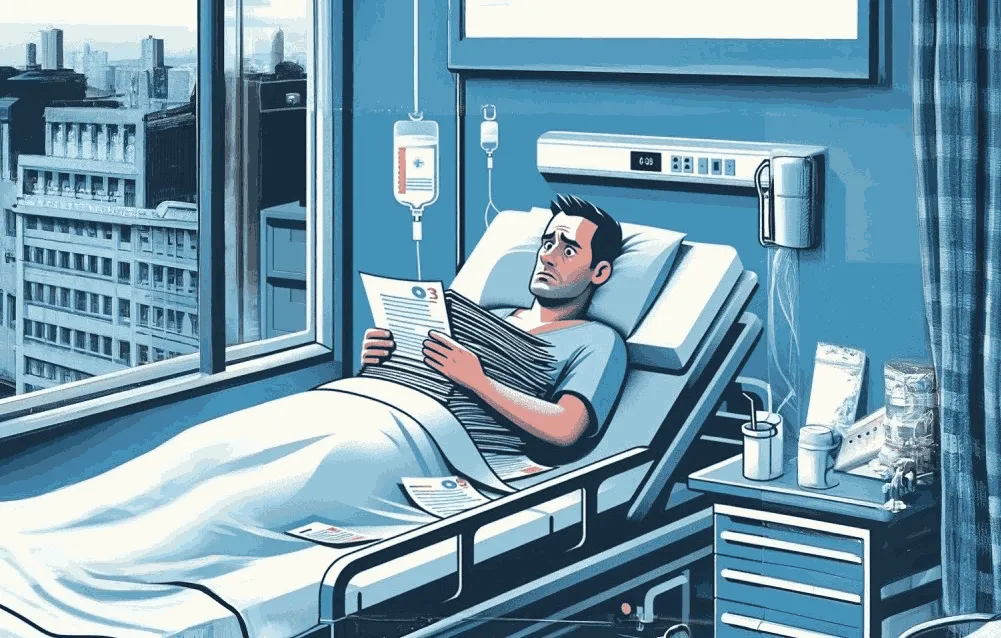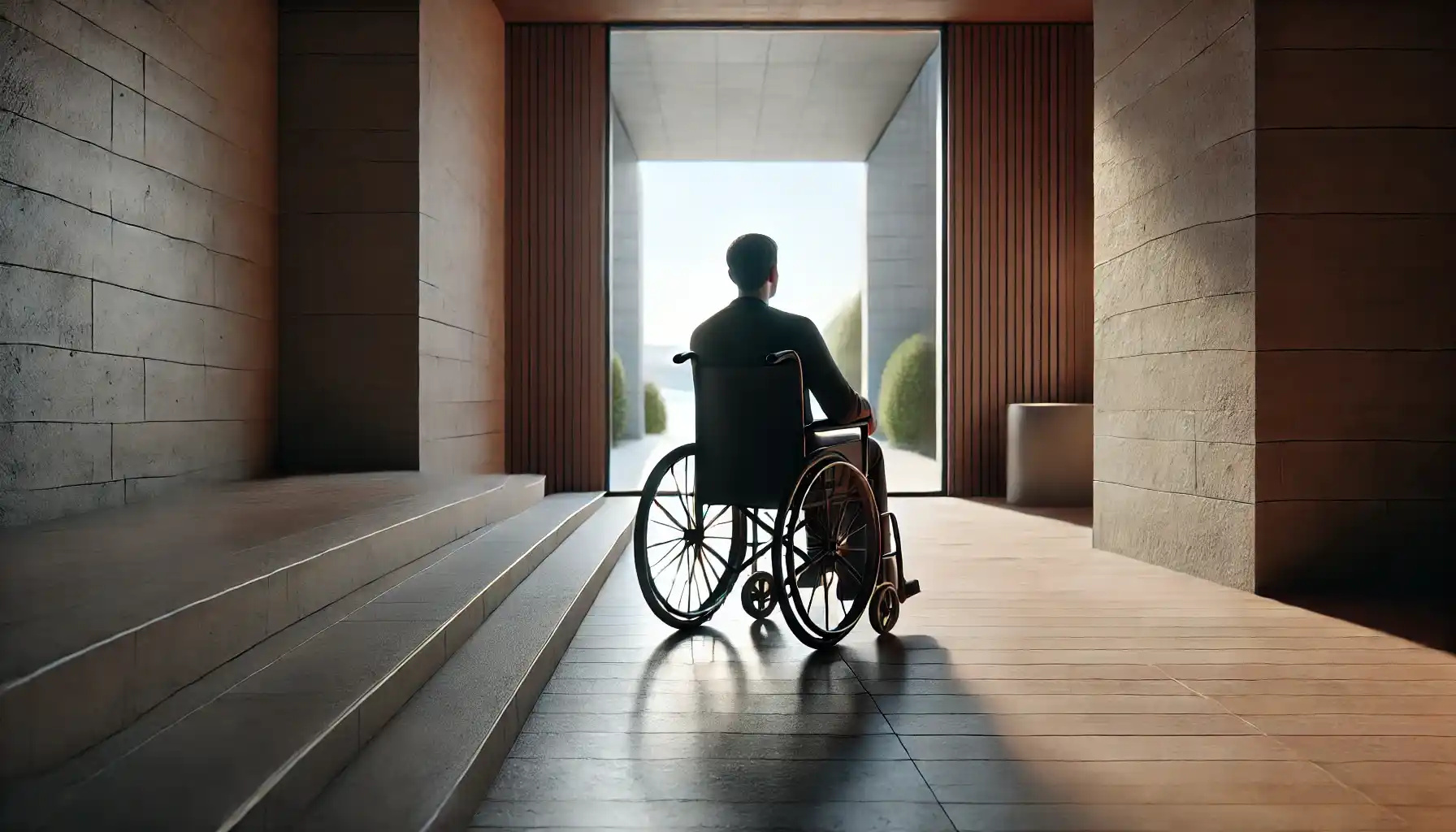What Are Critical Illnesses?
Critical illnesses refer to severe and life-threatening medical conditions that can significantly impact one’s health, often leading to long-term disability or even death if not treated promptly. These illnesses require extensive medical treatment, which often involves high costs for hospitalization, surgery, and medication. While some individuals may recover from a critical illness, many face a lengthy and expensive rehabilitation process.
Common critical illnesses include:
- Cancer
- Heart Attack
- Stroke
These diseases don't just affect physical well-being; they also carry significant emotional and financial burdens. Patients often struggle to manage both the stress of their illness and the costs associated with prolonged treatment and care. This is where critical illness insurance plays a vital role.
Cancer: The Silent Burden
Cancer is one of the most prevalent critical illnesses in the Philippines and is often referred to as the "silent burden." It can strike anyone, regardless of age or background, and can quickly lead to financial strain due to the high costs of treatment, which often includes surgery, chemotherapy, radiation, and medication. Types of cancer such as breast cancer, lung cancer, prostate cancer, and leukemia are some of the most commonly diagnosed in the country.
Despite advancements in medical science, cancer remains a leading cause of death, which is why having the right insurance coverage, such as cancer insurance, is crucial. Insurance providers, like Oona, offer lump-sum payouts upon diagnosis, giving patients the financial flexibility to cover their medical treatments or other costs associated with battling cancer, such as travel or home care.
Heart Attack: An Ever-Present Threat
Another critical illness that often catches individuals off guard is a heart attack, medically known as a myocardial infarction. A heart attack occurs when the blood flow to a part of the heart is blocked, leading to tissue damage. It is one of the leading causes of death worldwide and in the Philippines. Risk factors for heart attacks include high blood pressure, smoking, unhealthy diets, and stress—issues that are increasingly prevalent in modern Filipino life.
Heart attacks can result in costly medical bills for emergency care, long-term medications, and, in some cases, surgeries like angioplasty or heart bypass. In addition to these costs, the recovery period may also require lifestyle adjustments, leading to a loss of income. Having critical illness insurance ensures that, if diagnosed with a heart attack, a lump-sum payout can help manage the financial toll of this life-threatening event.
Stroke: A Sudden, Life-Altering Condition
A stroke happens when the blood supply to a part of the brain is interrupted, either due to a blockage (ischemic stroke) or a rupture in the blood vessel (hemorrhagic stroke). This can lead to immediate and severe brain damage, often resulting in long-term disabilities like paralysis, speech problems, and cognitive impairments.
Strokes require immediate medical attention, followed by a lengthy period of rehabilitation that might involve physical therapy, speech therapy, and occupational therapy. The costs of this extended care can be overwhelming, especially if the individual is unable to return to work during recovery. Having critical illness insurance can be a critical part of your financial strategy, as it provides the funds to cover medical bills and ongoing rehabilitation costs after a stroke diagnosis.
Why Knowing the Critical Illness List Matters
Being familiar with the types of critical illnesses that are covered under your insurance policy is crucial for several reasons. First, it allows you to assess your personal risk factors and take proactive measures to protect your health, such as regular check-ups and adopting a healthier lifestyle. Second, it helps you make informed decisions about which insurance policy best suits your needs.
Understanding the list of covered illnesses ensures that you are financially prepared for a wide range of possible medical emergencies. For example, knowing that your policy covers cancer, heart attacks, and strokes allows you to rest easy, knowing you have a financial safety net if the unexpected occurs.
Common Critical Illnesses Covered by Insurance Policies
Insurance providers in the Philippines typically offer coverage for a range of critical illnesses, though the exact list may vary depending on the specific policy. Some of the most commonly covered illnesses include:
- Cancer: Includes multiple types, such as breast cancer, lung cancer, prostate cancer, and leukemia.
- Heart Attack: Also referred to as myocardial infarction, this occurs when the heart muscle is deprived of oxygen due to a blockage.
- Stroke: When the blood flow to the brain is interrupted, leading to potentially long-lasting neurological damage.
By understanding what illnesses are covered by your insurance policy, you can better plan for the future and ensure that you and your family are protected from unforeseen medical expenses.
Understanding Policy Coverage and Exclusions
When purchasing critical illness insurance, it’s important to thoroughly review the policy to understand what’s covered and what’s excluded. While many policies offer broad coverage, certain exclusions may apply, including:
Pre-existing Conditions: If you had a medical condition before purchasing the insurance policy, it may not be covered.
Non-Critical Illnesses: Some policies only cover a specific list of critical illnesses, so any conditions not on the list may be excluded.
Lifestyle-Related Conditions: Illnesses related to drug or alcohol abuse, or risky behaviors, may not be covered by the policy.
Additionally, most insurance providers enforce a waiting period after purchasing a policy, during which certain conditions may not be covered. Being aware of these exclusions can help you avoid any surprises when it comes time to make a claim.
The Financial Impact of Critical Illnesses
Beyond the physical and emotional toll, a critical illness can bring with it enormous financial burdens. Medical treatments, hospital stays, medications, and rehabilitation costs can quickly drain savings. Moreover, many individuals find themselves unable to work while undergoing treatment, which can lead to a loss of income.
This is where critical illness insurance becomes a vital part of financial planning. By offering a lump-sum payout upon diagnosis, it ensures that you have the financial resources to cover medical bills, rehabilitation costs, and even day-to-day living expenses during your recovery.
The Importance of Financial Preparedness
Given the rising costs of healthcare in the Philippines, being financially prepared for a critical illness is more important than ever. Even with access to public healthcare, the out-of-pocket costs associated with critical illnesses can still be prohibitive for many Filipino families. This makes critical illness insurance a valuable investment, providing peace of mind and financial stability during difficult times.
By taking steps to understand your risks, maintain a healthy lifestyle, and secure comprehensive insurance coverage, you can protect your financial future and focus on what truly matters—your health and recovery.
Conclusion
In summary, having knowledge of the critical illness list and securing appropriate insurance coverage is crucial for Filipinos looking to protect themselves from the financial impact of serious medical conditions. Whether it's cancer, heart attack, or stroke, these life-threatening illnesses can take a tremendous toll on both your health and your finances.
By investing in critical illness insurance, you ensure that you have a financial cushion in place, providing much-needed relief when faced with the high costs of medical care and recovery. Remember, securing insurance isn’t just about staying healthy—it’s about preparing for life’s unexpected challenges and ensuring that you and your loved ones are financially protected no matter what comes your way.



















